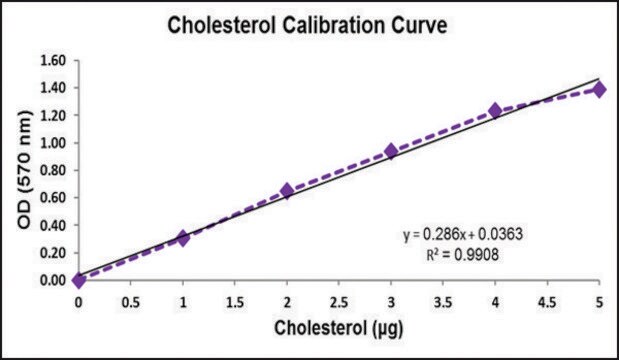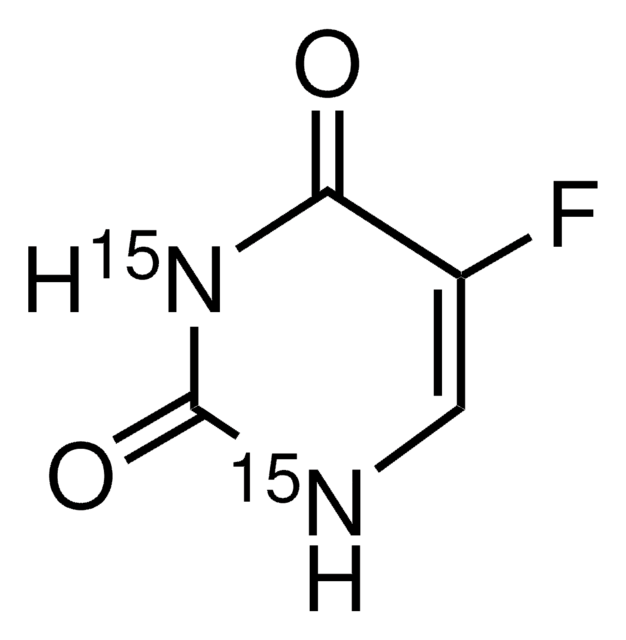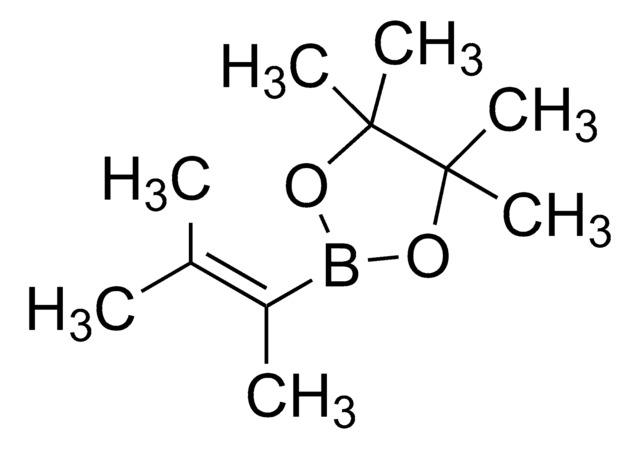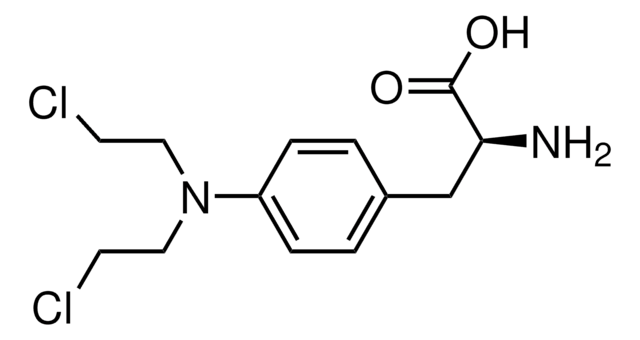おすすめの製品
グレード
pharmaceutical primary standard
APIファミリー
busulfan
メーカー/製品名
EDQM
mp
114-117 °C (lit.)
アプリケーション
pharmaceutical (small molecule)
フォーマット
neat
SMILES記法
CS(=O)(=O)OCCCCOS(C)(=O)=O
InChI
1S/C6H14O6S2/c1-13(7,8)11-5-3-4-6-12-14(2,9)10/h3-6H2,1-2H3
InChI Key
COVZYZSDYWQREU-UHFFFAOYSA-N
類似した製品をお探しですか? 訪問 製品比較ガイド
詳細
この製品は薬局方標準品です。発行元の薬局方により製造・供給されています。MSDSを含む製品情報などの詳しい情報は、発行元の薬局方のウェブサイトよりご確認ください。
アプリケーション
Busulfan EP Reference standard, intended for use in laboratory tests only as specifically prescribed in the European Pharmacopoeia.
包装
この製品は発行元の薬局方による供給としてお届けします。現在の単位量については、EDQM reference substance catalogueをご覧ください。
その他情報
Sales restrictions may apply.
シグナルワード
Danger
危険有害性情報
危険有害性の分類
Acute Tox. 3 Oral - Carc. 1A - Muta. 1B - Repr. 1B
保管分類コード
6.1C - Combustible acute toxic Cat.3 / toxic compounds or compounds which causing chronic effects
WGK
WGK 3
引火点(°F)
Not applicable
引火点(℃)
Not applicable
適用法令
試験研究用途を考慮した関連法令を主に挙げております。化学物質以外については、一部の情報のみ提供しています。 製品を安全かつ合法的に使用することは、使用者の義務です。最新情報により修正される場合があります。WEBの反映には時間を要することがあるため、適宜SDSをご参照ください。
労働安全衛生法名称等を表示すべき危険物及び有害物
名称等を表示すべき危険物及び有害物
労働安全衛生法名称等を通知すべき危険物及び有害物
名称等を通知すべき危険物及び有害物
Jan Code
B1170000-50MG:
B1170000:
B1170000-1EA:
最新バージョンのいずれかを選択してください:
この製品を見ている人はこちらもチェック
Ibrahim El-Serafi et al.
Journal of chromatography. B, Analytical technologies in the biomedical and life sciences, 913-914, 98-105 (2013-01-05)
Busulphan is an alkylating agent used as conditioning regimen prior to stem cell transplantation. Busulphan is metabolized in the liver and four major metabolites have been identified. The first metabolite is tetrahydrothiophene which is oxidized to tetrahydrothiophene 1-oxide, then sulfolane
Arnon Nagler et al.
Journal of clinical oncology : official journal of the American Society of Clinical Oncology, 31(28), 3549-3556 (2013-08-28)
Cyclophosphamide (Cy) combined with total-body irradiation (TBI) or with busulfan (Bu) are currently the most common myeloablative regimens used in allogeneic stem-cell transplantation (alloSCT) in adults with acute myelogenous leukemia (AML). Intravenous (IV) Bu has more predictable bioavailability and a
Je-Hwan Lee et al.
Journal of clinical oncology : official journal of the American Society of Clinical Oncology, 31(6), 701-709 (2012-11-07)
We conducted a phase III randomized clinical trial to compare two myeloablative conditioning regimens for allogeneic hematopoietic cell transplantation (HCT) in patients with leukemia and myelodysplastic syndrome. After randomization, 64 patients received busulfan (3.2 mg/kg per day × 4 days)
Edward A Copelan et al.
Blood, 122(24), 3863-3870 (2013-09-26)
Cyclophosphamide combined with total body irradiation (Cy/TBI) or busulfan (BuCy) are the most widely used myeloablative conditioning regimens for allotransplants. Recent data regarding their comparative effectiveness are lacking. We analyzed data from the Center for International Blood and Marrow Transplant
Christopher Bredeson et al.
Blood, 122(24), 3871-3878 (2013-10-02)
We conducted a prospective cohort study testing the noninferiority of survival of ablative intravenous busulfan (IV-BU) vs ablative total body irradiation (TBI)-based regimens in myeloid malignancies. A total of 1483 patients undergoing transplantation for myeloid malignancies (IV-BU, N = 1025;
ライフサイエンス、有機合成、材料科学、クロマトグラフィー、分析など、あらゆる分野の研究に経験のあるメンバーがおります。.
製品に関するお問い合わせはこちら(テクニカルサービス)











